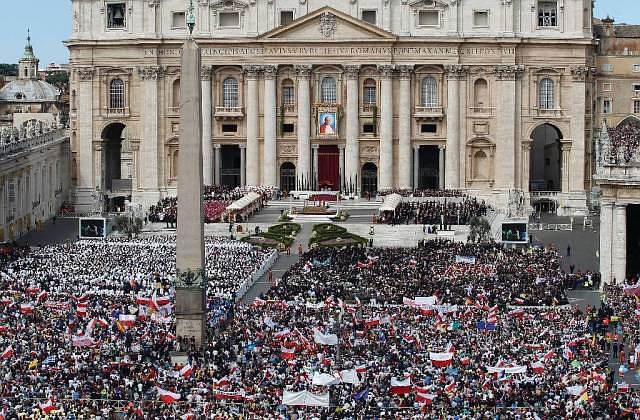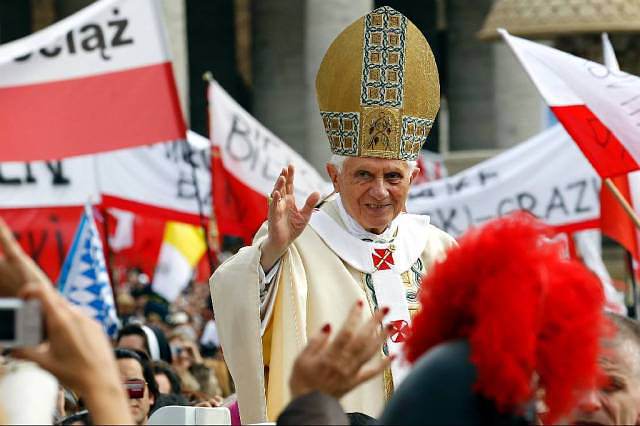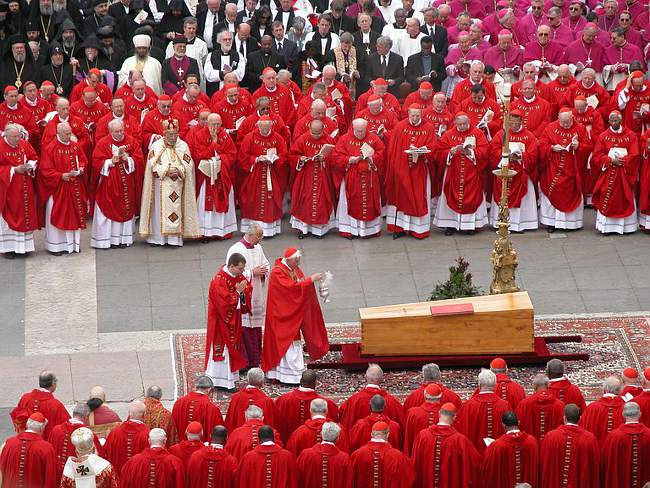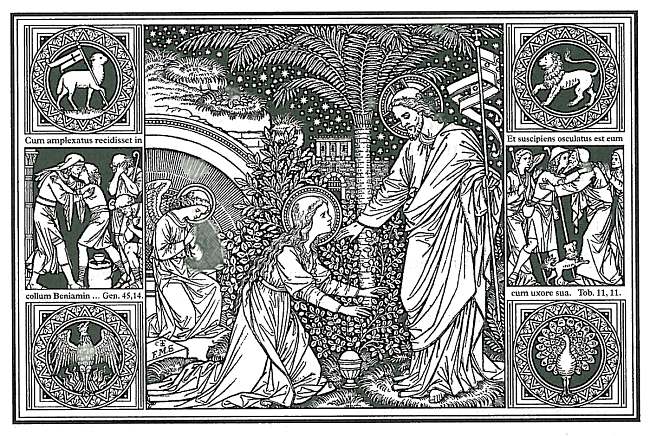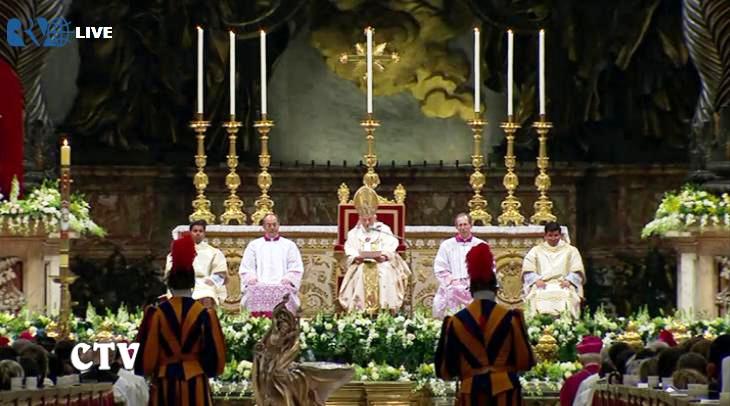«Helgener drar oppmerksomhet fra Jesus»
Vårt Land har i dag flere artikler om den katolske kirke, bl.a. et stort oppslag om saligkåringa av pave Johannes Paulus, der luthersk biskop Ole Christian Kvarme, og hans domprost Olav Dag Hauge, ikke hadde noen problemer med det som skjedde sist søndag. De var også til stede i messen i Trefoldighetskirken her i Oslo (som markerte dette), og gledet seg stort over å være med.
Men Vårt Land intervjuer også dr. theol. Arne Helge Teigen, fra Fjellhaug skoler, og under overskrifta «Drar oppmerksomhet fra Jesus» siterer de ham bl.a. slik:
Selv er jeg lutheraner, og mener at helgener får en posisjon som drar oppmerksomheten bort fra Jesus Kristus, som ifølge Bibelen er den eneste mellommann mellom Gud og mennesker, sier han.
Teigen ser ikke noe bibelsk grunnlag hverken for at noen skal kåres til helgen, eller at noe menneske kan oppnå den fullkommenhet som helgenkåringen forutsetter. Han avviser også den katolske læren om helgenes rolle som hjelpere og forbedere for de døde, som ifølge katolsk tro renses i skjærsilden.
Er helgenpraksisen i Den katolske kirke et økumenisk binder?
Ja, det tror jeg. Grunnen er at den kommer i konflikt med den evangeliske lære om at Jesus Kristi frelsesverk er nok til å frelse et menneske. Den bygger jo på en lære om at menneskers fortjenester er avgjørende for frelsen, sier Teigen.
Jeg må si det er skuffende at en dr. theol. i år 2011 skal misforstå det katolske synet på helgener så grundig. For: 1) Helgener drar ikke oppmerksomheten bort fra Jesus, tvert imot viser de hvordan vi andre menensker kan leve mest mulig nær ham. 2) Helgener har ikke vært fullkomne, men Kirken kan med sikkerhet fastslå at disse har kommet gjennom skjærsilden og står foran Guds trone – der de også kan be for oss. 3) Helgener hjelper ikke bare de døde, de kan gå i forbønn for både levnede og døde – og som forbedere er de ikke vesnesforskjellige fra mennesker vi omgås, og som også ber for oss.
Og 4) helgener har absolutt ingen ting å gjøre med disse to tingene som Teigen får seg til å si – jeg forstår ikke hvordan en teolog kan si noe så feilaktig – » .. konflikt med den evangeliske lære om at Jesus Kristi frelsesverk er nok til å frelse et menneske» og «.. bygger jo på en lære om at menneskers fortjenester er avgjørende for frelsen». La meg gjenta: Disse to siste sitatene har fullstendig misforstått det katolske synet på helgener.

